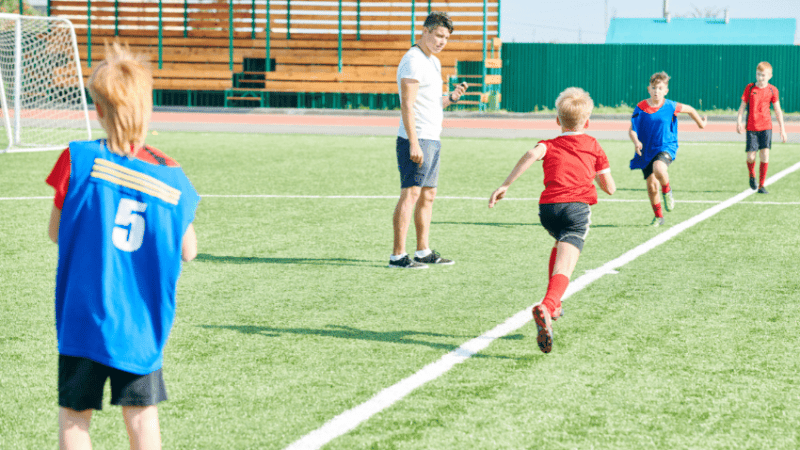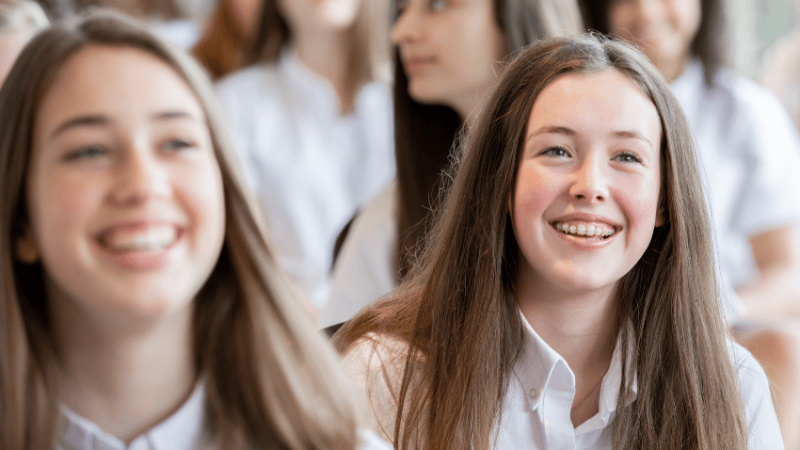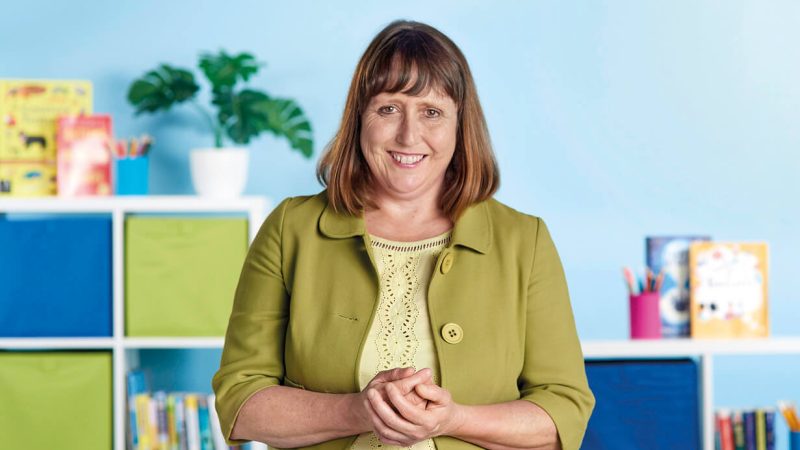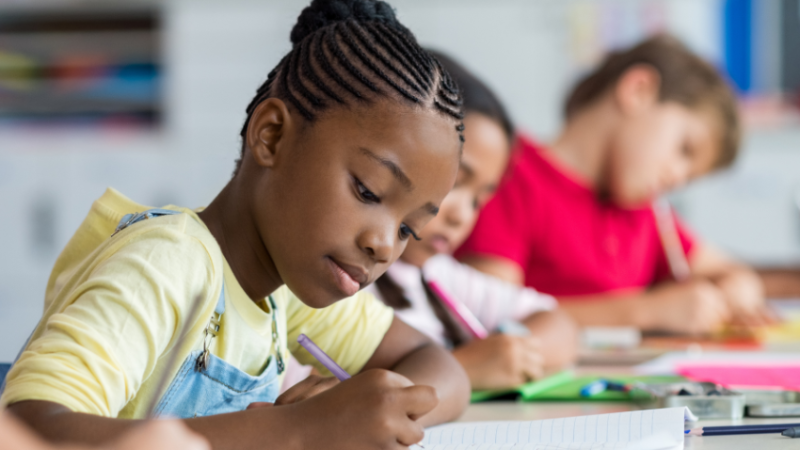Educational psychology – How the word ‘you’ can improve children’s working memory

Adding the word ‘you’ to a task is a quick and free way to boost pupils’ learning, says Dr Sheila Cunningham…

Teachers have long been encouraged to personalise information to fit children’s interests.
For instance, we might create football-based maths questions or set a writing task about favourite pets. But this puts a strain on our time and resources, because it requires different materials for children with different interests.
A simpler solution is to get the children to think about the one subject they are all interested in: themselves!
In psychology, linking information to ourselves is known as ‘self-referencing’. There is lots of evidence that this can have a positive impact on learning. When information is about you, your attention system is automatically engaged.
For example, if you were talking to one colleague but overheard another mentioning your name, could you keep on attending to your own conversation and ignore the one about you?
Most people couldn’t, because self-relevant information automatically captures attention. This system ensures that information that is potentially relevant to you is not missed.
Self-referenced information is also associated with enhanced memory. When you think about yourself while encoding new information, that material is slotted into the existing ‘self-knowledge framework’, the network of information you already hold about yourself in memory.
You know more about yourself than any other concept, so activating this knowledge framework while encoding new information provides a powerful ready-made support system.
The incoming information is organised and elaborated with existing self-knowledge, which increases the chance that it will be successfully recalled later.
Our research has focused on examining whether the attention and memory biases we know are associated with self-referencing can be applied in education.
To date, we have tested its effectiveness on a number of different literacy, numeracy and learning tasks. Across this variety of tasks, we’ve found very positive effects of self-referencing. Below are some examples:
Spelling sentences
In one study we took over the homework of primary school children, asking them to try a self-referenced and non-self-referenced version of the same task.
The children were using their homework to practise spelling, by copying out their spelling words and generating sentences in which they could be used.
One week, we asked the children to write sentences about themselves (“Start your sentence with the word ‘I’”) and another week, they were asked to write about Harry Potter (“Start your sentence with the word ‘Harry’”).
The children’s end-of-week spelling tests showed that the self-reference (‘I’) week produced spelling that was significantly more accurate, and they also wrote longer sentences in this condition.
This suggests that the children were more engaged in the task when they were writing about themselves, and their learning was improved as a result.
We produced this statistically reliable improvement in pupils’ spelling learning with just a free and easy change of instruction, to make the task self-referent.
Problem solving
When children are trying to solve numerical problems, they have to keep a lot of information in working memory. They need to process the text, work out the operation to be applied and extract the right numbers to which to apply the operation. That is a lot to keep in mind!
Given the effect of self-referencing on attention, it is perhaps unsurprising that research suggests including self-referent terms in maths problems could help.
For example, take a common text-based maths problem: ‘Max has four apples, Jen has three apples more than Max. How many apples does Jen have?’.
In this example, the child has to keep track of Max and Jen, two new characters, and their belongings in working memory while working out the problem.
We have examined the effectiveness of reducing the load by replacing one of the characters with the pronoun ‘you’.
In the example above, a self-referenced version of the question would be ‘You have four apples, Jen has three apples more than you. How many apples does Jen have?’.
Replicating previous research done by D’Aily et al, we found that primary children find this self-referent version significantly easier to solve – they are faster and more accurate.
Similar to the spelling task, this may be related to the children finding the self-referent version more engaging, as well as benefiting from the reduced load on working memory achieved by removing one of the new characters.
Ownership games
A third idea for applying self-referencing in education that we have tested is to use ownership games to link information to self.
In ownership games, information presented on flashcards can be divided between a number of children so that each pupil owns some of the items.
For example, a colour-sorting task can be used so that one child gets all the cards with a blue sticker, and another all the cards with a green sticker.
We conducted a study in which primary children sorted flashcards depicting novel named shapes into those owned by themselves and those owned by the experimenter, using this colour-sorting technique.
Afterwards, we asked the children to draw and label the shapes from memory. We found that memory was much higher for the cards they owned themselves, even though they had only seen each card for a couple of seconds, and didn’t ‘own’ the shapes in any meaningful way.
This ownership game strategy might be useful when you are trying to engage children in learning facts, for example times tables, second-language vocabulary or science terms.
You can change who has ‘ownership’ of the different cards across different sessions, to ensure they get a broad overview.
Overall, the research suggests that children are more engaged in the learning when it’s put into an ownership game, and much more likely to remember the information!
Try it yourself
Talking to teachers about self-referencing has made me realise that actually, many people in education already use this technique spontaneously, without knowing that they are doing it.
If you have a child in class who is struggling to generate ideas for a piece of creative writing, presentation or picture, do you encourage them to think about something that’s happened to them as a starting point?
Do you ever ask children to reflect on their own experiences in relation to a topic, to help them to realise its importance or impact?
These are examples of self-referencing – whenever children are thinking about themselves, or relating new information to their own experiences, the same memory and attention biases associated with self-referencing will be triggered, supporting their learning.
As these examples show, self-referencing is quick, free and easy to implement – adding ‘you’ to a task really can boost learning.
Dr Sheila Cunningham is a senior lecturer in psychology at Abertay University. She has published widely on self-processing biases in cognition.








